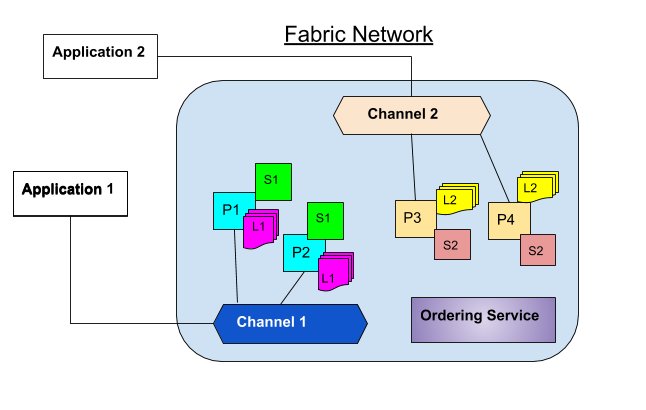I am trying to summarize a bit of the Blockchain and Cryptocurrency conference 2018 (from 13th to 15th Nov 2018) but it is far from comprehensive as I missed out the first day programmes. Besides that, I couldn’t capture all the mind-boggling stuff delivered by the elite speakers, all of them are crypto experts! I am sure all the participants benefited immensely in one way or another unless they
The conference was co-organized by Twinintel, QF4 Tech Asia and Blueshare. The venue was at the impressive five-star Sheraton Imperial Hotel located at Jalan Sultan Ismail, Kuala Lumpur. The event was very well organized and the speakers’ line-up is simply overwhelming, kudos to the organizers!
The topics were very comprehensive and catered for everyone needs, be them crypto investors, tech-savvy nerds, govt officials, regulators(maybe hiding among us), academicians, and students etc. I would say there were not much marketing hypes about ICO, mostly educational. The topics covered ICO, ISTO, Crypto analytics, Blockchain training, Blockchain standards, Blockchain smart
I was particularly impressed by the cool topic “Predicting Cryptocurrency Exchange Rate with AI and social media” delivered by Dr.Tim Frey. I like forecasting the future as it is my personal interest , that was why I watched all the back to future and time machine movies. I learned how Dr.Tim used Twitter’ tweets (or rather gossips) as the data for his forecasting model, which gives an impressive level of 70%-90% accuracy. Maybe One day we can develop a forecasting model that can deliver 99% accuracy. I believe by using AI machine learning we can achieve that goal. I managed to catch up with Dr.Tim at tea time to get more insights from him. According to him, it seemed 90% of the audience couldn’t grasp the concepts, I am not too sure. I myself don’t understand much too. For example, I don’t know what the heck is Kappa Architecture, I am sure our computer science experts can understand better.
Dr.Sindhu illustration of Crypto banking was an eye-opener. I like the diagram that showed clearly how various components from KYC, front-end app, ledger, and the blockchain’s bank wallet are connected to the bank’s backend. It showcases a banking model for the future crypto transaction. we also learned about the Microsoft, Ethereum and R3 11 banks experiment on simulation an exchange of value on the blockchain. The banks involved were HSBC, Credit Suisse, Barclays, Wells Fargo and more. Very useful for a case study. In addition, he also highlighted the advantages of using Blockchain in the banking industry:
- Transparency
- Less Labour intensive
- Disintermediation
- Tamper-proof
- Nearly instantaneous
However, there are also some key challenges , as follows:
- Privacy
- Integration
- Threat of Rivalry
- Energy Consumption
I couldn’t remember who spoke on steps in launching an ICO but the points given were super good. According to him, the steps in doing an ICO are as follows:
- Decide if an ICO is suitable for your business
- Adviser reach out and on-boarding
- Get legal opinion
- Create a light paper/whitepaper/deck for your ICO
- Private sale or an angel investment to develop the MVP
- Create the product
- Create a token
- Create a community and buzz
- Getting your token out on an exchange
He further showed us the shocking statistics that 81% of the ICO projects were found to be a scam scheme. Out of the genuine ICO projects, 6% failed, another 5% gone dead and only a meagre 8% proceed to trade. Therefore the ICO projects are not as rosy as what people claim.
Another speaker spoke on potential blockchain applications. He
The speaker from Cryptology gave advice for those who intend to start an ICO project. First of all, he reminded that blockchain is not a get rich quick scheme. It is about the distribution of trust. Secondly, do not just explore blockchain technology just because it is hot or trendy. Think in terms of how the product or services can benefit from it. Finally, bear in mind that the most successful companies are those who can accept and adapt to constant changes.
Miss Daphne Chong, the CTO from Logistics Worldwide Express and a director of Woman Who Code KL explained how blockchain could
- Efficiency-less paperwork, elimination of the intermediaries
- Transparency-price, ownership, location
- Inventory tracking, quality control
- Disputes settlement, reduction in cost of regulations and compliance
Last but not least, Mr. Fattah, the chairman of Malaysia’s National Standards Committee on Blockchain and Distributed Ledger Technologies told the audience about the development of Blockchain and DLT standards in Malaysia. He spearheaded the formation of the national committee and played a key role in putting Malaysia on the international scene. You can follow his blog https://fattahyatim.wordpress.com/ to learn more about the subject.
This is all about the conference that I can recollect, I welcome your valuable inputs if I have missed out anything important.



